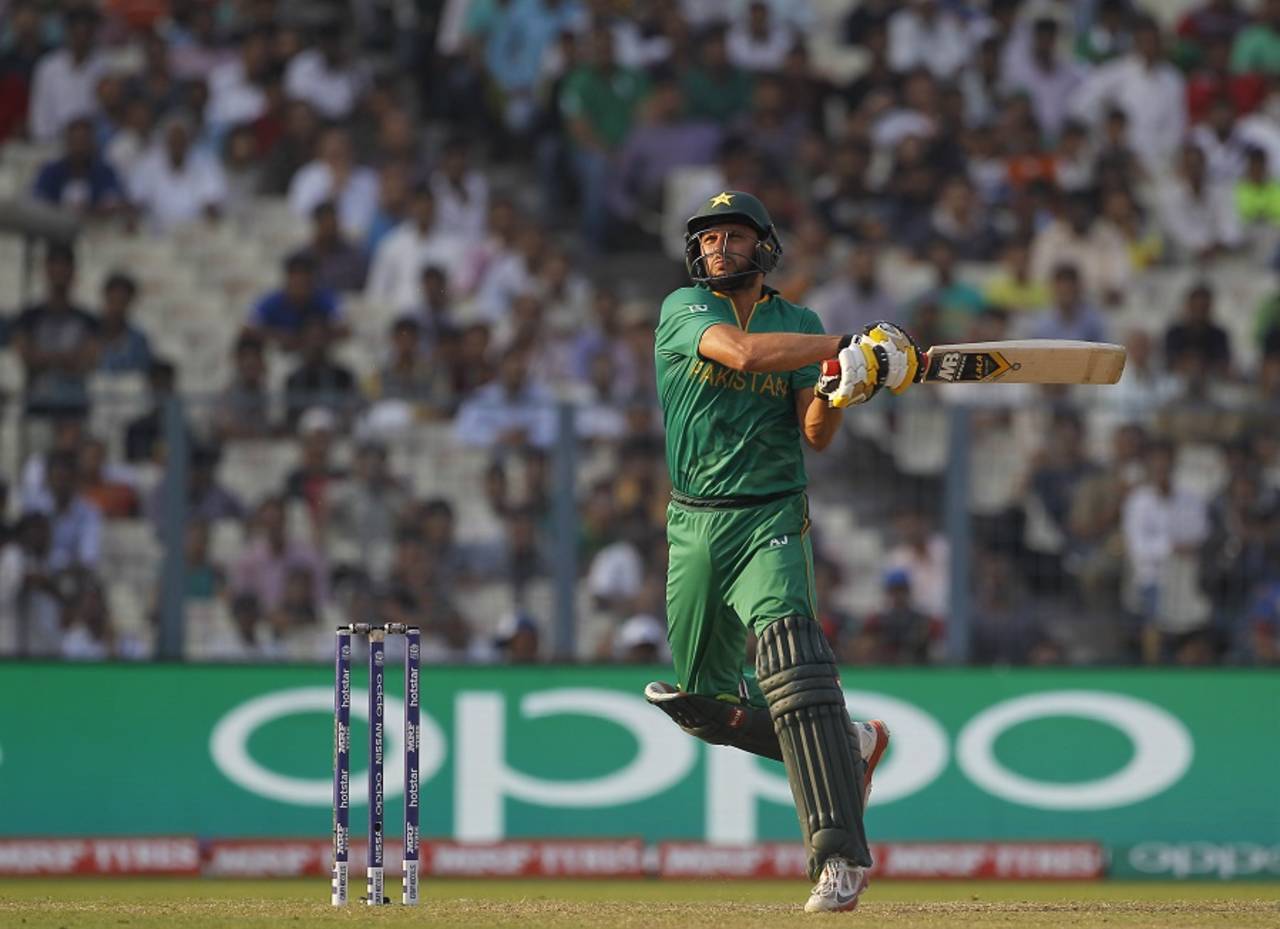Karun Nair was six runs shy of India's third Test match triple-hundred. All he needed was the strike and a sturdy heart. The second was no problem; the first was at that moment being held by
Ravindra Jadeja. With singles available all over Chennai, Jadeja instead lifted Moeen Ali's umpteenth offbreak into the stands, nicked the bowling, got past fifty and then holed out at cow corner, all before Nair's moment of history came along.
Jadeja had made 51 of his team's 759 for 7, a classic cameo, an innings that represented well the exuberant, eccentric cricket of its creator, and added the glazing to the cherry on top of India's cake.
The cameo innings is a staple of the game, shorthand for something we all understand but rarely define. The Botham cameo. The Gilchrist cameo. The Pietersen cameo. The Sehwag cameo. We know instantly what they are, what they mean, perhaps even what they looked like. But the term is elastic, woolly, somehow lacking in weight. It's a word that can be thrown around in many circumstances: Just made 16 from three deliveries in the last over of a Powerplay? Maybe a flowing 70, surrounded by three centuries on the scorecard? Perhaps a sexy, mid-afternoon 40-odd in one of those rare Champo appearances allowed by your central contract? Any and all could be cameos. It's a word that suggests a carefree spirit, a desire to entertain, to connect once more with the simple joy of putting bat on ball. By its very nature a cameo will not be enough to win a game. It will not always change one, because it often comes from a team already on top - or alternatively already beaten.
In truth, the cameo is odd, elusive, fleeting. If we were to lay out its parameters, what would they be?
First, duration. A cameo must be brief within the context of the game in which it's played. A Test match cameo traditionally falls anywhere between 40 and 70. It won't be the highest individual score of the innings, or even close to it. It may carry, if it has come from a Lara or a Pietersen or a Gower, an air of melancholy, of something that ended too soon and was perhaps thrown away. Anything more than 70 is too significant a score for the label, while a whirlwind 30-odd from a big-hitting bowler may sneak in under the wire.
White-ball cricket changes the game: a cameo here is more likely at the start or the end of the innings than in the middle. Again the ratio of runs to the overall score applies, although in T20 the potential for fireworks is such that a three-ball cameo is perfectly plausible.
It's a word that suggests a carefree spirit, a desire to entertain, to connect once more with the simple joy of putting bat on ball. By its very nature a cameo will not be enough to win a game
Second comes the type of player. Is there an archetype for the cameo? There certainly used to be: a louche, flowing talent; an entertainer not tied down by the rigours of the game, a Fry or a Compton or a Miller. The air of a maverick helped.
Shahid Afridi seemed to spend most of his life playing cameo innings, and yet it's not simply shorthand for someone who cannot stay in. Belligerent allrounders, fed up with a scorecard in stasis and a game going nowhere, may pull one from the hat. And at heart a cameo comes from a player who is capable of more. It's a distillation of their overall game, a tantalising hint of possibilities for another day.
Third, and the real key to the cameo, is its relevance - or lack of it. It can't really be a heroic innings. Carlos Brathwaite's lupine last-over savaging of Ben Stokes in the World T20 final had all of the elements of a cameo, except that it was too meaningful. A cameo is no description for an innings that changed the mood of a nation and Brathwaite's life.
It won't be the focal point, either. A cameo will not carry the newspaper headlines; rather, it will get a mention in the last paragraph or two of a match report. Ultimately the cameo gains part of its emotional effect from its throwaway nature. It can feel like a piece of flamboyant frippery, an innings that briefly lifts spectators from the seriousness of combat and into another, headier realm. Or it can feel sad and winsome, a promise not quite fulfilled, a message from the game itself that cricket is capricious and never to be taken for granted.
Most importantly, a cameo lingers in the mind for longer than a brief and unimportant innings should. When I think of India's last day of batting in Chennai, Nair's vast knock is a haze of nimble-footed cuts and sweeps, where Jadeja's mad six is sharp in the memory. The true cameo contributes less to the scorebook and more to the soul of playing.
Jon Hotten blogs here. @theoldbatsman
